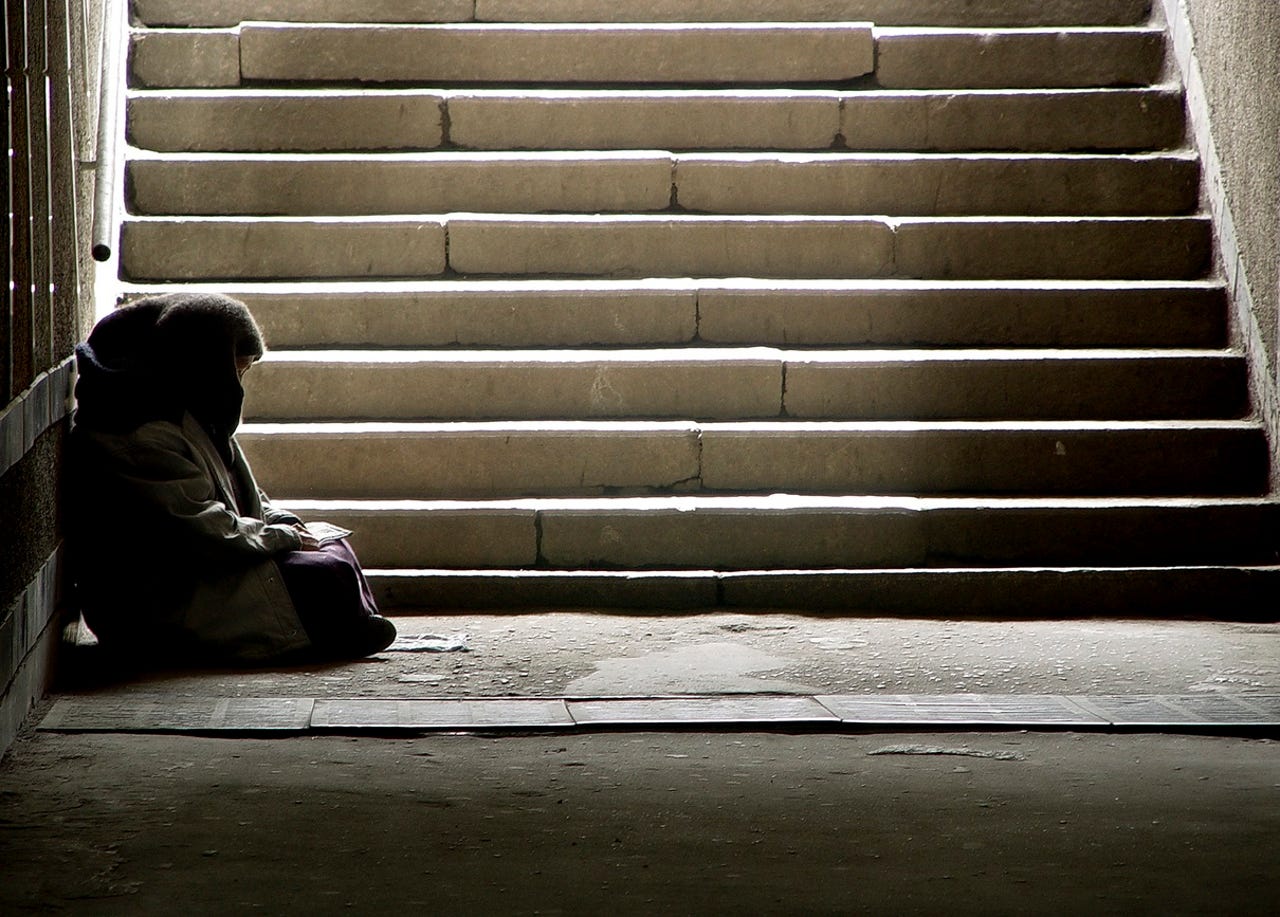NYC adopts StreetSmart to track the homeless


Arman Zhenikeyev, Getty Images/iStockphoto
New York City has adopted data analytics software to track the city's homeless.
Homeless in NYC has reached rates not seen since the 1930's Great Depression. According to Coalition for the Homeless (.PDF), over 62,000 men, women, and children are sleeping in shelters each night.
Economics and city services likely play a part in this trend, but city officials hope that data can now be used to assist the homeless and take control of the problem.
As reported by Wired, the major's office has picked StreetSmart to give outreach workers more of a chance to keep track of those they work with on the street, as well become a multi-agency compendium of the homeless in the area.
New York City Mayor Bill de Blasio, facing re-election this year, estimates that a further 90 new shelters are needed to combat homelessness. However, the figures are estimates only, with no real way of knowing how many people are sleeping rough each night.
Featured
Given more information on exactly how bad the situation is, city representatives may be able to devise better solutions to help those in need not only by coming up with new proposals and schemes but by improving communication between different agencies and non-profit groups.
StreetSmart will replace current protocols which have outreach workers combing the streets to find homeless individuals and manually collect information including health, income, history, and demographic data.
This information is then stored in case files, but with current protocols, outreach workers are unable to track the homeless effectively.
A case worker in Brooklyn, for example, may not know they were talking to the same person that another worker encountered in another part of the city, and these kinds of flaws in the current structure impact everything from current homelessness rates to housing needs -- let alone where an individual ends up and whether they are particularly vulnerable.
Authorized workers will be allowed to upload and analyze information into StreetSmart. By compiling all of this information into one system, it is hoped that data analytics can give city officials and outreach workers actual figures on homelessness, rather than rough estimates.
In addition, the app includes a map which shows where hotspots are forming, which in turn could allow NYC to make better use of its resources for areas in which homelessness is common.
See also: URBAN-X launches in Brooklyn and introduces 8 startups focusing on smart city tech (TechRepublic)
StreetSmart is not the answer to fighting homelessness, but it may provide a solid foundation for agencies and city representatives to understand the issue and form solutions.
Sometimes, however, urban projects designed to improve the lives of residents do not go exactly to plan. Last year, LinkNYC was forced to restrict kiosks transformed from old payphones to smart hubs as floods of complaints poured in, reporting that some of the hubs were being used as central points for parties, drug taking, and watching pornography.